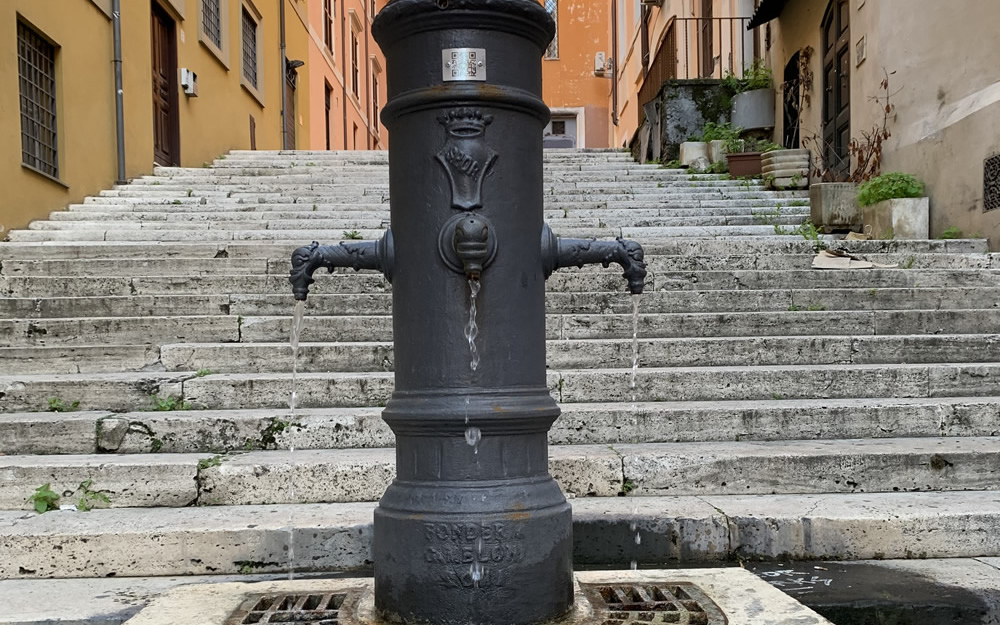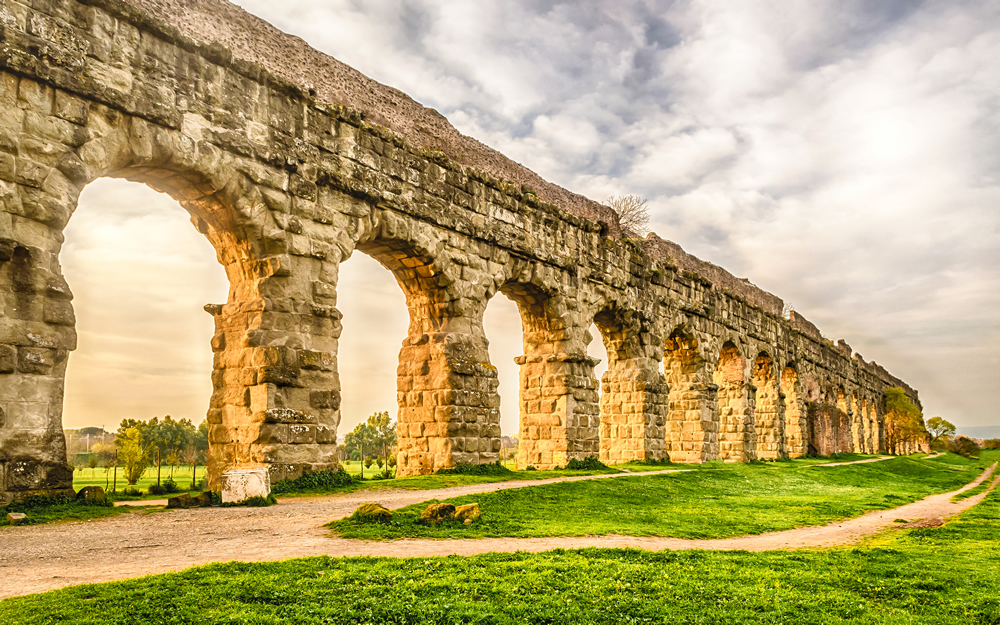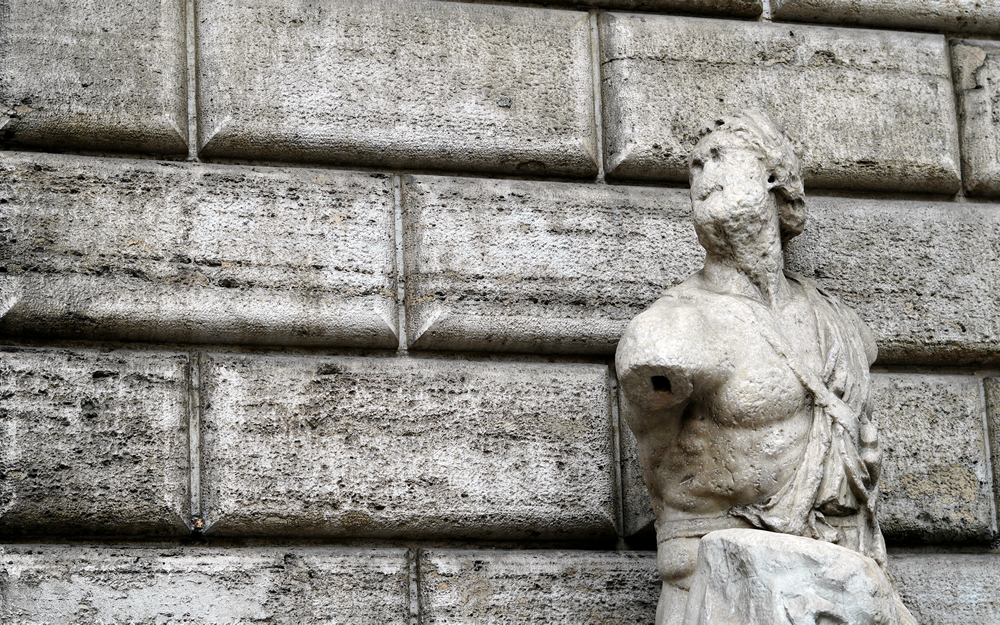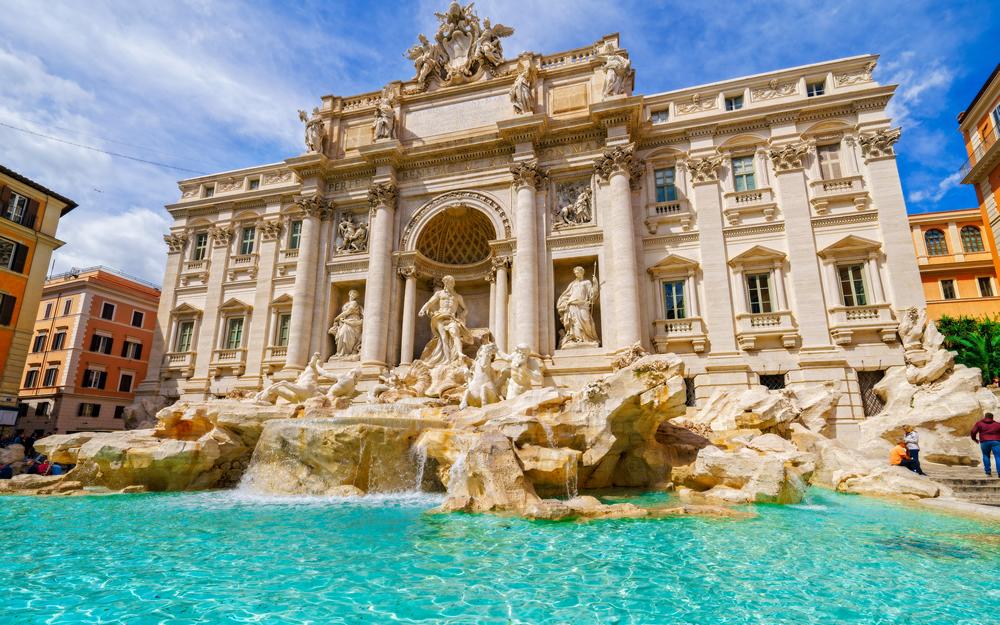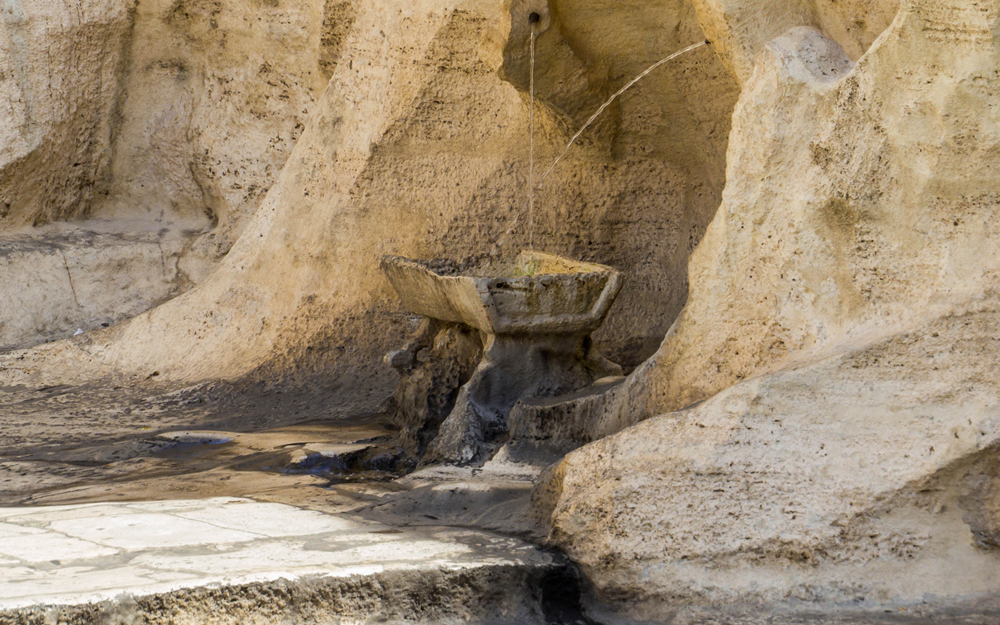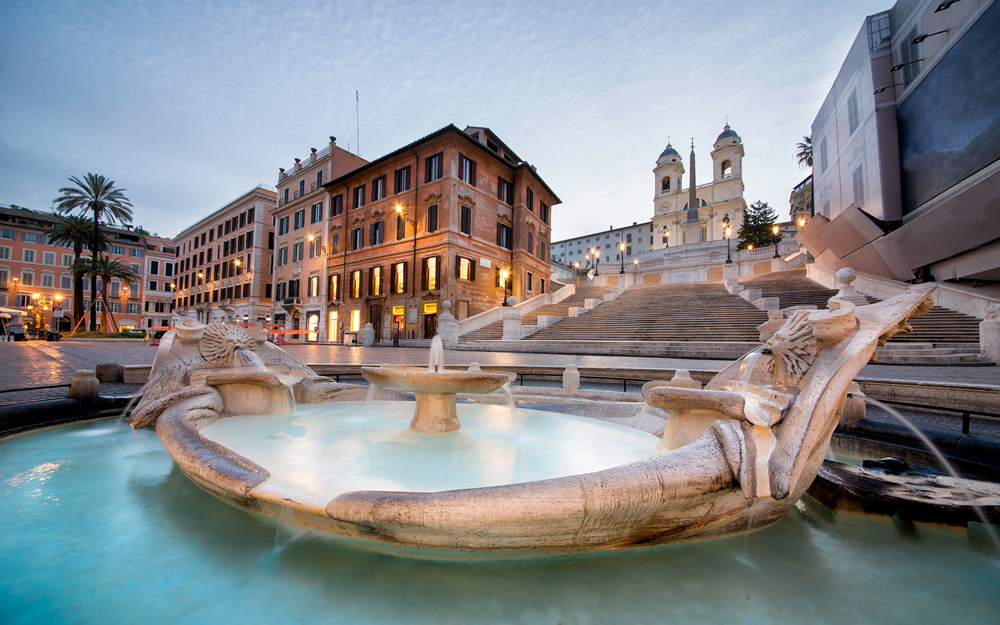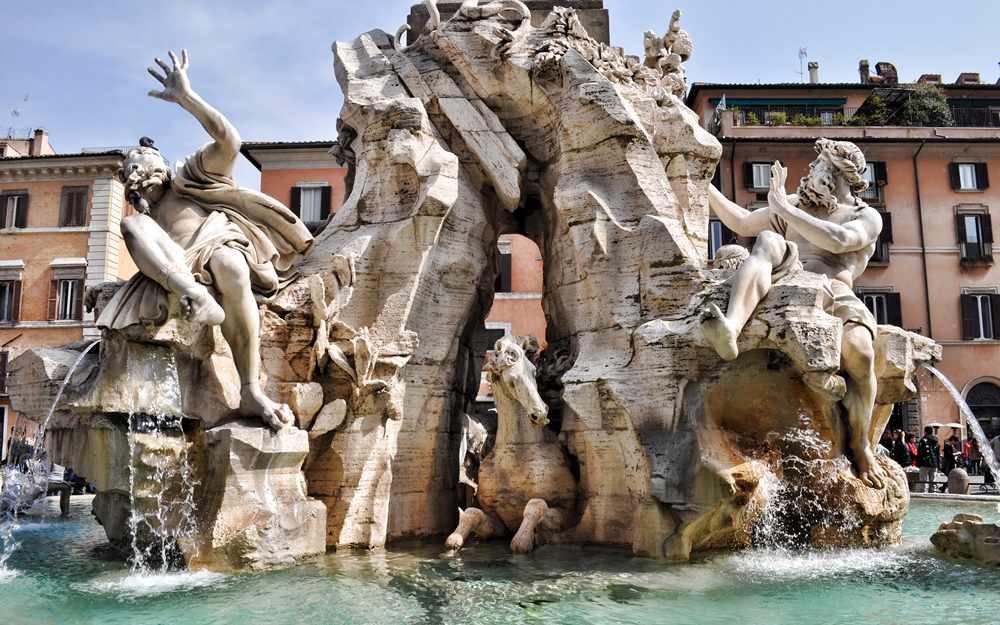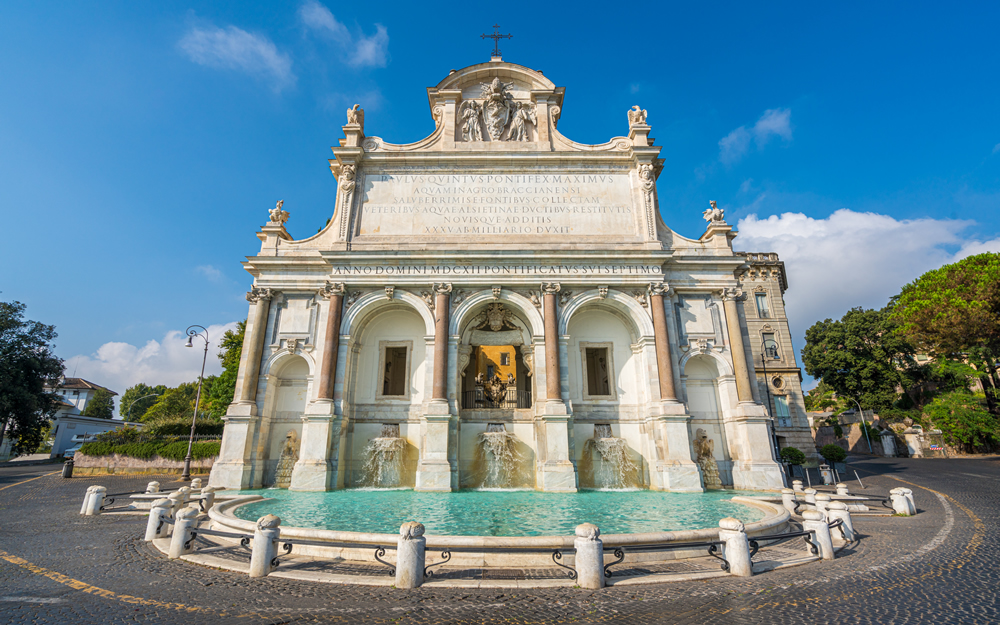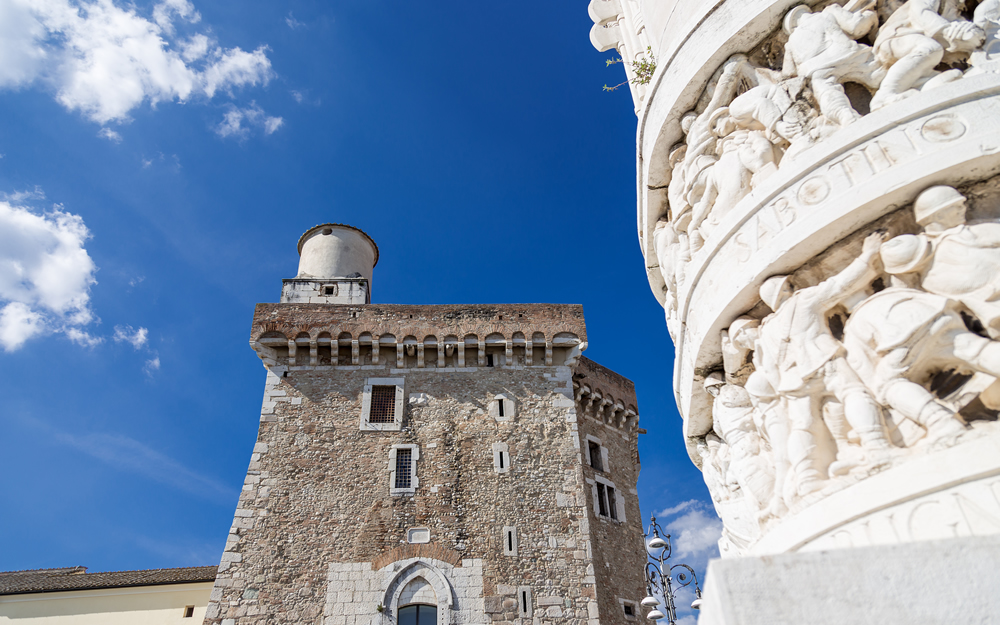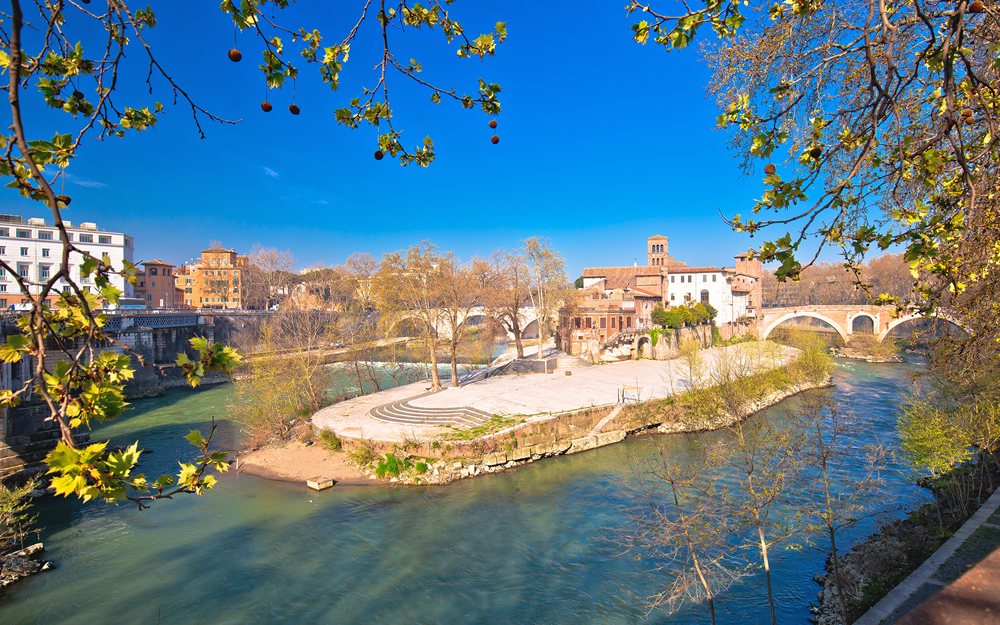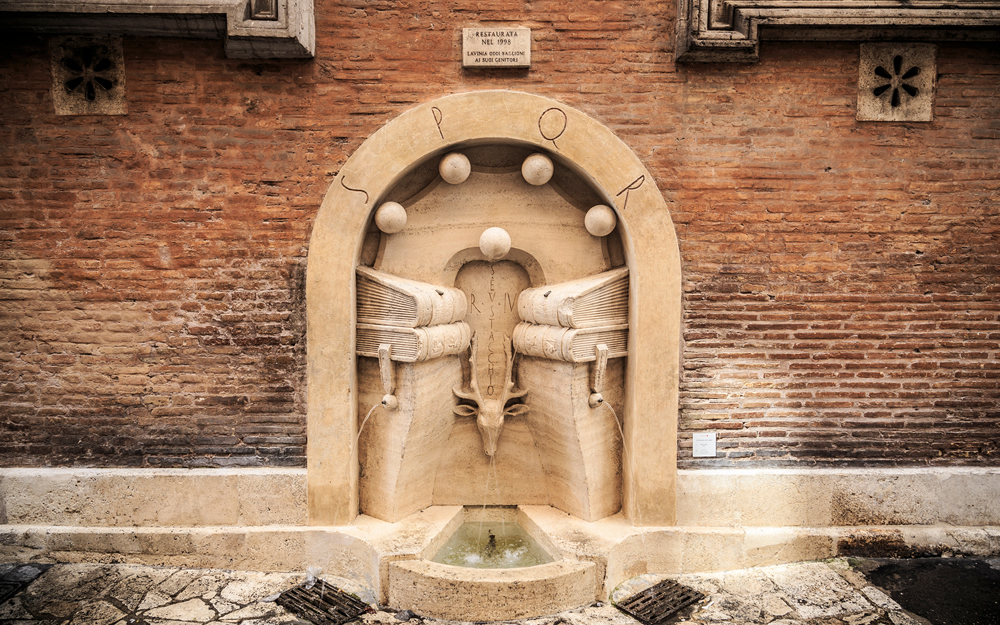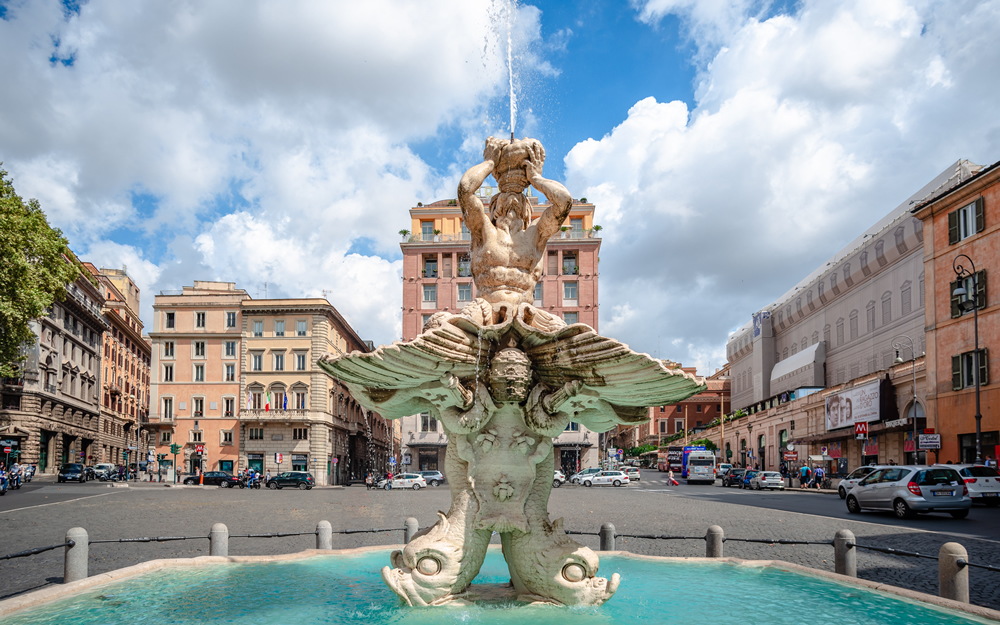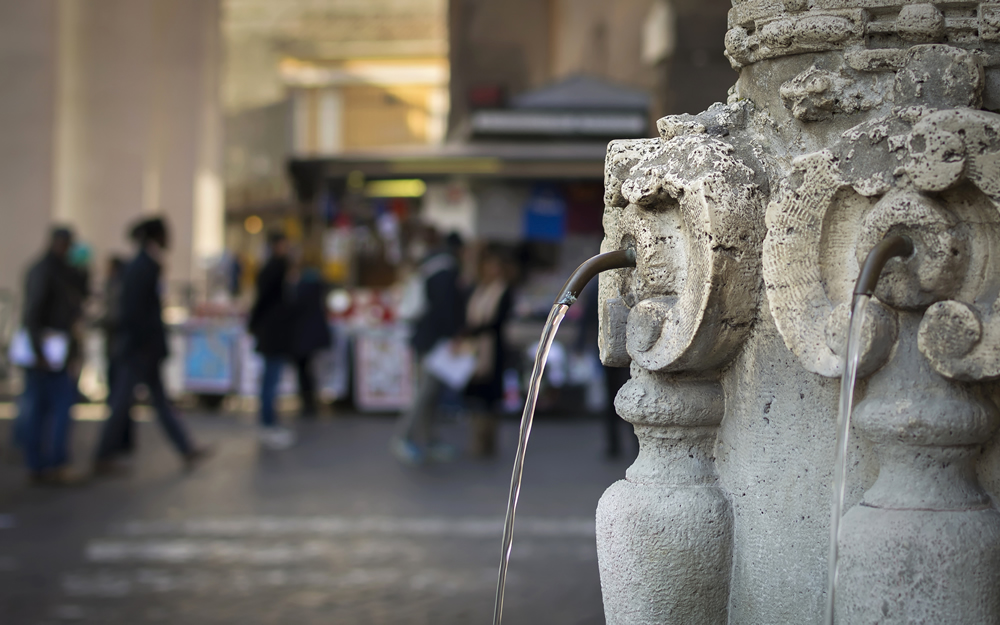- Home /
- Voice from the city /
- Fountain of the Bees: anecdotes and fun facts
Fountain of the Bees: anecdotes and fun facts
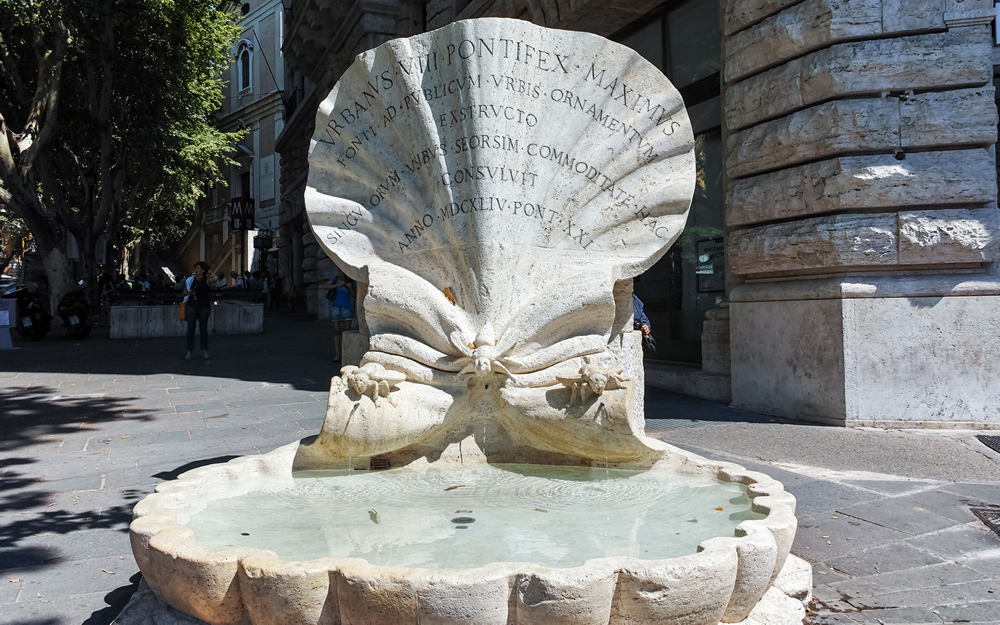
At the intersection of Piazza Barberini and Via Veneto, just a few steps from the Triton Fountain, there is a smaller but equally noteworthy fountain: the Fontana delle Api (literally, Fountain of the Bees). This small work of art was created by Gian Lorenzo Bernini and its story portrays the smug and ironic spirit of the Roman people. Let's discover why...
The history of Rome’s Fountain of the Bees
The Triton fountain had just been completed when, in 1644, Pope Urban VIII Barberini commissioned Bernini to build a second fountain to serve as a trough for horses. Thus, he designed a fountain with an unusual shape, resembling an open shell and decorated with three bees: the heraldic symbol of the Pope's house.
Rome’s Fountain of the Bees: a papal scandal
With the intention of being a good omen to the pope, Bernini had a Latin inscription carved on the fountain that read "the twenty-second year of his pontificate". But, at the time of the inauguration, this anniversary was still two months away. This was enough to unleash the mockery of the Romans, who already did not hold in favor the powerful Barberini family. The mood of the people was summed up with this pasquinade: "Having the Barberini sucked the whole world, now they wanted to suck time too!"
An (involontary) bad omen
To put an end to the scandal, the Pope's nephew, Cardinal Francesco Barberini, ordered to remove the final "I", thus transforming the epigraph into " the twenty-first year of his pontificate". The gesture, however, was interpreted as a bad omen, which later became reality. Urban VIII, in fact, died shortly after: only eight days before completing twenty-two years of pontificate.
The Fountain of the Bees and the Roman’s irony
The Fountain of the Bees and the Triton Fountain were made by the same sculptor. But there's more: they were also connected. The first, in fact, took large quantities of water from the tank of the second, but returned very little. A detail that the Romans noticed immediately and ironically compared to the government's habit of asking for high taxes without offering the people anything in return.
The Fountain of the Bees today
This symbol of seventeenth-century Rome continued to have a troubled history also in the following years: it was in fact dismantled in 1865, during the reorganization of via Sistina, where it was originally located. It was then rebuilt in 1915 and placed where it is now, with many different elements. The last restoration of the Fountain of the Bees dates back to 2017: the work was financed by a group of Dutch patrons to show support to Rome after some Feyenoord fans had devastated the Barcaccia in Piazza di Spagna in 2015.
Would you like to learn more fun facts? Consult the Acea Waidy Wow routes to discover many other points of interest, monumental fountains and fascinating nature trails. And when you get thirsty, pull up the map of water points to find the closest drinking fountains.



